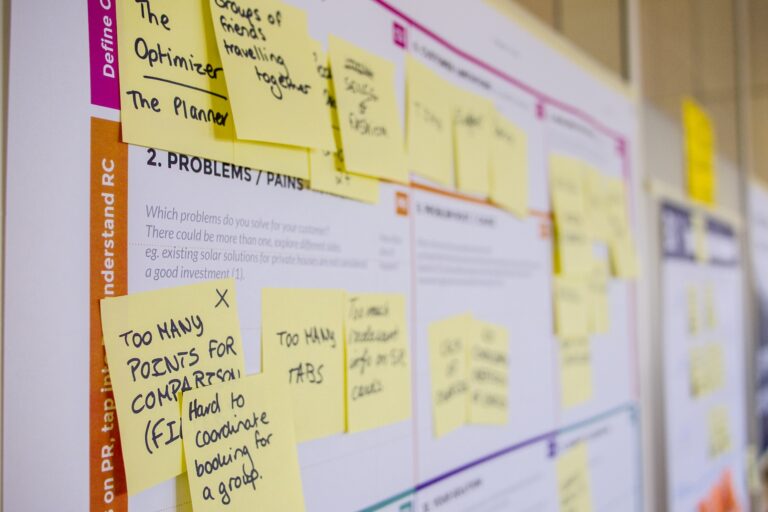Upgrading your IT infrastructure can be a significant undertaking, requiring careful planning and execution to ensure a smooth transition with minimal disruption to business operations. One effective approach to managing a major IT infrastructure upgrade is to roll it out in phases. This allows you to tackle the project incrementally, reducing the risk of potential issues and providing opportunities for testing and feedback along the way. In this blog post, we will outline key steps for successfully rolling out a major IT infrastructure upgrade project in phases.
- Assess Current Infrastructure: Before embarking on any IT infrastructure upgrade project, it’s crucial to conduct a thorough assessment of your current infrastructure. Identify the strengths and weaknesses of your existing systems, including hardware, software, and networking components. Determine what needs to be upgraded or replaced, and prioritize the areas that require immediate attention. This assessment will serve as the foundation for planning the phased rollout.
- Define Project Goals and Scope: Clearly define the goals and scope of your IT infrastructure upgrade project. What are you trying to achieve with the upgrade? Are you looking to improve performance, enhance security, or enable new capabilities? Set realistic expectations and establish measurable objectives that align with your organization’s overall IT strategy and business goals. Clearly define the scope of the project, including the specific components or systems that will be upgraded in each phase.
- Develop a Detailed Project Plan: Create a detailed project plan that outlines the timeline, tasks, resources, and responsibilities for each phase of the upgrade. Consider factors such as dependencies, risks, and contingencies. Break the project into manageable phases, each with its own milestones and deadlines. This will help you to track progress, identify potential issues early, and make adjustments as needed.
- Test and Validate: Testing and validation are critical components of any IT infrastructure upgrade project. Before rolling out each phase, thoroughly test and validate the upgraded components or systems in a controlled environment. This includes testing for compatibility with existing systems, performance, security, and functionality. Involve key stakeholders, including end-users and IT staff, in the testing process and gather feedback to identify and address any issues or concerns.
- Communicate and Train: Effective communication and training are essential for successful IT infrastructure upgrades. Keep all relevant stakeholders informed about the progress of the upgrade project, including changes in timelines, milestones, and potential impacts on business operations. Provide adequate training and documentation to end-users and IT staff to ensure they are familiar with the upgraded systems and can effectively use and support them.
- Monitor and Optimize: Once a phase of the upgrade is rolled out, closely monitor the performance and functionality of the upgraded components or systems. Collect data and metrics to assess the success of the upgrade and identify areas for further optimization. Address any issues or concerns that arise promptly and make necessary adjustments to ensure the upgrade is delivering the expected results.
- Repeat the Process: Once a phase of the upgrade is successfully completed, move on to the next phase following the same steps outlined above. Continuously assess, plan, test, validate, communicate, train, monitor, and optimize as you roll out each subsequent phase of the upgrade project. Regularly review and update your project plan based on feedback and lessons learned from previous phases.
In conclusion, rolling out a major IT infrastructure upgrade project in phases can be an effective approach to manage the complexity and risks associated with such projects. Careful planning, testing, communication, and monitoring are key to success. By following the steps outlined above, you can ensure a smooth and successful IT infrastructure upgrade, minimizing disruption to business operations and maximizing the benefits of the upgrade for your organization.




